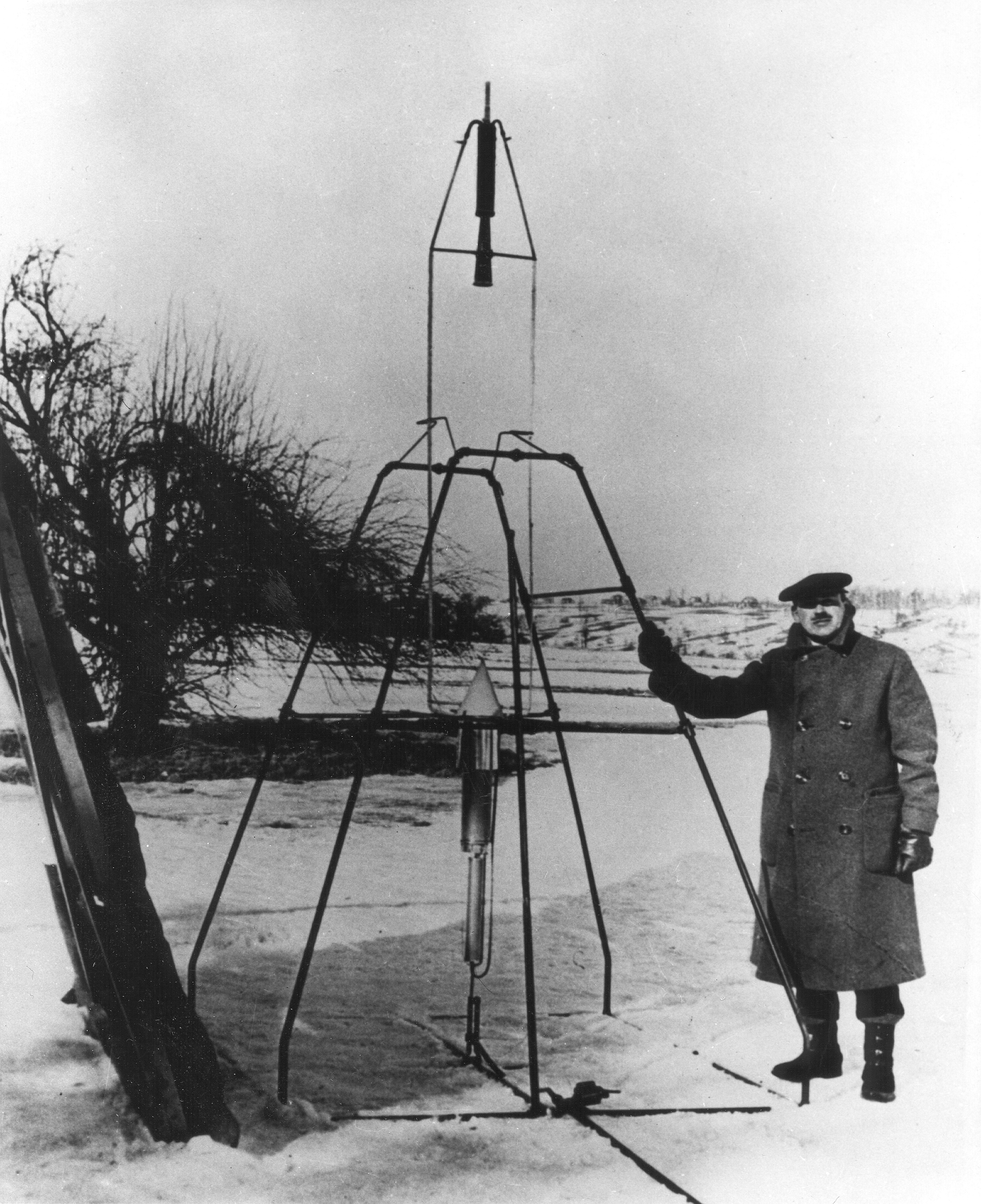|
Irma Torres
Irma Torres (9 March 1926 - 5 June 2010) was a Mexican film and television actress during the golden age of Mexican cinema. Career Torres began her career in 1944 in the film '' Maria Candelaria'' alongside Dolores del Rio and Pedro Armendariz. She went on to star in ''Flor de caña ''Flor de caña'' ("Sugarcane Flower") is a 1948 Mexican film. It was written by Luis Alcoriza Luis Alcoriza de la Vega (September 5, 1918 – December 3, 1992) was a respected Mexican screenwriter, film director, and actor. Alcoriza was ...,'' where she won an Ariel Award for Best Actress in a Picture in 1949. References {{DEFAULTSORT:Torres, Irma Mexican actresses Actresses from Mexico City 1926 births 2010 deaths ... [...More Info...] [...Related Items...] OR: [Wikipedia] [Google] [Baidu] |
Mexico City
Mexico City ( es, link=no, Ciudad de México, ; abbr.: CDMX; Nahuatl: ''Altepetl Mexico'') is the capital and largest city of Mexico, and the most populous city in North America. One of the world's alpha cities, it is located in the Valley of Mexico within the high Mexican central plateau, at an altitude of . The city has 16 boroughs or ''demarcaciones territoriales'', which are in turn divided into neighborhoods or ''colonias''. The 2020 population for the city proper was 9,209,944, with a land area of . According to the most recent definition agreed upon by the federal and state governments, the population of Greater Mexico City is 21,804,515, which makes it the sixth-largest metropolitan area in the world, the second-largest urban agglomeration in the Western Hemisphere (behind São Paulo, Brazil), and the largest Spanish language, Spanish-speaking city (city proper) in the world. Greater Mexico City has a gross domestic product, GDP of $411 billion in 2011, which makes ... [...More Info...] [...Related Items...] OR: [Wikipedia] [Google] [Baidu] |
Cuernavaca
Cuernavaca (; nci-IPA, Cuauhnāhuac, kʷawˈnaːwak "near the woods", ) is the capital and largest city of the state of Morelos in Mexico. The city is located around a 90-minute drive south of Mexico City using the Federal Highway 95D. The name ''Cuernavaca'' is a euphonism derived from the Nahuatl toponym and means 'surrounded by or close to trees'. The name was Hispanicized to ''Cuernavaca''; Hernán Cortés called it ''Coadnabaced'' in his letters to Charles V, Holy Roman Emperor, and Bernal Díaz del Castillo used the name ''Cuautlavaca'' in his chronicles. The coat-of-arms of the municipality is based on the pre-Columbian pictograph emblem of the city which depicts a tree trunk () with three branches, with foliage, and four roots colored red. There is a cut in the trunk in the form of a mouth, from which emerges a speech scroll, probably representing the language Nahuatl and by extension the locative suffix , meaning 'near'. Cuernavaca has long been a favorite escape fo ... [...More Info...] [...Related Items...] OR: [Wikipedia] [Google] [Baidu] |
Mexicans
Mexicans ( es, mexicanos) are the citizens of the United Mexican States. The most spoken language by Mexicans is Spanish language, Spanish, but some may also speak languages from 68 different Languages of Mexico, Indigenous linguistic groups and other languages brought to Mexico by recent immigration or learned by Mexican expats residing in other countries. In 2015, 21.5% of Mexico's population Indigenous peoples of Mexico, self-identified as being Indigenous. There are about 12 million Mexican nationals residing outside Mexico, with about 11.7 million living in the United States. The larger Mexican diaspora can also include individuals that trace ancestry to Mexico and self-concept, self-identify as Mexican yet are not necessarily Mexican by citizenship, culture or language. The United States has the largest Mexican population after Mexico in the world at 37,186,361 (2019). The modern nation of Mexico achieved independence from the Spanish Empire in 1821, after a decade long ... [...More Info...] [...Related Items...] OR: [Wikipedia] [Google] [Baidu] |
Golden Age Of Mexican Cinema
The Golden Age of Mexican cinema ( es, Época de Oro del Cine Mexicano) is a period in the history of the Cinema of Mexico between 1930 and 1969 when the Mexican film industry reached high levels of production, quality and economic success of its films, besides having gained recognition internationally. It began with the film ''Allá en el Rancho Grande'' (1936), directed by Fernando de Fuentes. In 1939, during World War II, the film industry in the US and Europe declined, because the materials previously destined for film production now were for the new arms industry. Many countries began to focus on making films about war, leaving an opportunity for Mexico to produce commercial films for the Mexican and Latin American markets. This cultural environment favored the emergence of a new generation of directors and actors considered to date, icons in Mexico and in Hispanic countries and Spanish-speaking audiences. Mexican cinema of the Golden Age is also credited with propelling Mex ... [...More Info...] [...Related Items...] OR: [Wikipedia] [Google] [Baidu] |
María Candelaria
''María Candelaria'' is a 1943 Mexican romantic film directed by Emilio Fernández and starring Dolores del Río and Pedro Armendáriz. It was the first Mexican film to be screened at the Cannes International Film Festival where it won the Grand Prix (now known as the Palme d'Or) becoming the first Latin American film to do so. ''María Candelaria'' would later win a Silver Ariel award for Best Cinematography. The film came to be regarded as one of Fernández's best works, in which he portrays the indigenous people of Mexico with innocence and dignity. Fernández has said that he wrote an original version of the plot on 13 napkins while sitting in a restaurant. He was anxious because he was dating Dolores del Río and could not afford to buy her a birthday present. The film was originally titled ''Xochimilco'' and the protagonist was named María del Refugio. Major themes in the film include melodrama, indigenousness, nationalism, and the beauty of Mexico. ''María Candelaria'' ... [...More Info...] [...Related Items...] OR: [Wikipedia] [Google] [Baidu] |
Dolores Del Río
María de los Dolores Asúnsolo y López Negrete (3 August 1904 – 11 April 1983), known professionally as Dolores del Río (), was a Mexican actress. With a career spanning more than 50 years, she is regarded as the first major female Latin American crossover star in Hollywood. Along with a notable career in American cinema during the 1920s and 1930s, she was also considered one of the most important female figures in the Golden Age of Mexican cinema, and one of the most beautiful actresses of her era. After being discovered in Mexico, she began her film career in Hollywood in 1925. She had roles on a string of successful films, including ''Resurrection'' (1927), ''Ramona'' (1928) and ''Evangeline'' (1929). Del Río came to be considered a sort of feminine version of Rudolph Valentino, a "female Latin Lover", in her years during the American " silent" era. With the advent of sound, she acted in a range of film genres, from contemporary crime melodramas to musical comedies and ... [...More Info...] [...Related Items...] OR: [Wikipedia] [Google] [Baidu] |
Pedro Armendáriz
Pedro Gregorio Armendáriz Hastings (May 9, 1912 – June 18, 1963) was a Mexican film actor who made films in both Mexico and the United States. With Dolores del Río and María Félix, he was one of the best-known Latin American movie stars of the 1940s and 1950s. Early life Armendáriz was born in Mexico City, to Pedro Armendáriz García Conde ( Mexican) and Adela Hastings (American). He was also the cousin of actress Gloria Marín. Armendáriz and his younger brother Francisco lived with their uncle Henry Hastings Senior in Laredo, Texas, after their mother died. He later studied in California, attending the California Polytechnic State University from September 1928 to May 1932. At Cal Poly, he studied mechanics and in May 1931 graduated from the academic course of the school. He remained an additional year as a freshman in the Junior College division, but in 1932 returned to Mexico after the end of the school year. While at Cal Poly, Armendáriz was active in student act ... [...More Info...] [...Related Items...] OR: [Wikipedia] [Google] [Baidu] |
Flor De Caña
''Flor de caña'' ("Sugarcane Flower") is a 1948 Mexican film. It was written by Luis Alcoriza Luis Alcoriza de la Vega (September 5, 1918 – December 3, 1992) was a respected Mexican screenwriter, film director, and actor. Alcoriza was born in Spain and, exiled because of the Spanish Civil War, established himself in Mexico from 1940 .... External links * 1948 films 1940s Spanish-language films Mexican black-and-white films Films scored by Manuel Esperón Mexican drama films 1948 drama films 1940s Mexican films {{1940s-Mexico-film-stub ... [...More Info...] [...Related Items...] OR: [Wikipedia] [Google] [Baidu] |
Mexican Actresses
Mexican may refer to: Mexico and its culture *Being related to, from, or connected to the country of Mexico, in North America ** People *** Mexicans, inhabitants of the country Mexico and their descendants *** Mexica, ancient indigenous people of the Valley of Mexico ** Being related to the State of Mexico, one of the 32 federal entities of Mexico ** Culture of Mexico *** Mexican cuisine *** historical synonym of Nahuatl, language of the Nahua people (including the Mexica) Arts and entertainment * "The Mexican" (short story), by Jack London * "The Mexican" (song), by the band Babe Ruth * Regional Mexican, a Latin music radio format Films * ''The Mexican'' (1918 film), a German silent film * ''The Mexican'' (1955 film), a Soviet film by Vladimir Kaplunovsky based on the Jack London story, starring Georgy Vitsin * ''The Mexican'', a 2001 American comedy film directed by Gore Verbinski, starring Brad Pitt and Julia Roberts Other uses * USS ''Mexican'' (ID-1655), United State ... [...More Info...] [...Related Items...] OR: [Wikipedia] [Google] [Baidu] |
Actresses From Mexico City
An actor or actress is a person who portrays a character in a performance. The actor performs "in the flesh" in the traditional medium of the theatre or in modern media such as film, radio, and television. The analogous Greek term is (), literally "one who answers".''Hypokrites'' (related to our word for hypocrite) also means, less often, "to answer" the tragic chorus. See Weimann (1978, 2); see also Csapo and Slater, who offer translations of classical source material using the term ''hypocrisis'' ( acting) (1994, 257, 265–267). The actor's interpretation of a rolethe art of actingpertains to the role played, whether based on a real person or fictional character. This can also be considered an "actor's role," which was called this due to scrolls being used in the theaters. Interpretation occurs even when the actor is "playing themselves", as in some forms of experimental performance art. Formerly, in ancient Greece and the medieval world, and in England at the time of W ... [...More Info...] [...Related Items...] OR: [Wikipedia] [Google] [Baidu] |
1926 Births
Events January * January 3 – Theodoros Pangalos (general), Theodoros Pangalos declares himself dictator in Greece. * January 8 **Abdul-Aziz ibn Saud is crowned King of Kingdom of Hejaz, Hejaz. ** Bảo Đại, Crown Prince Nguyễn Phúc Vĩnh Thuy ascends the throne, the last monarch of Vietnam. * January 12 – Freeman Gosden and Charles Correll premiere their radio program ''Sam 'n' Henry'', in which the two white performers portray two black characters from Harlem looking to strike it rich in the big city (it is a precursor to Gosden and Correll's more popular later program, ''Amos 'n' Andy''). * January 16 – A BBC comic radio play broadcast by Ronald Knox, about a workers' revolution, causes a panic in London. * January 21 – The Belgian Parliament accepts the Locarno Treaties. * January 26 – Scottish inventor John Logie Baird demonstrates a mechanical television system at his London laboratory for members of the Royal Institution and a report ... [...More Info...] [...Related Items...] OR: [Wikipedia] [Google] [Baidu] |


.jpg)


